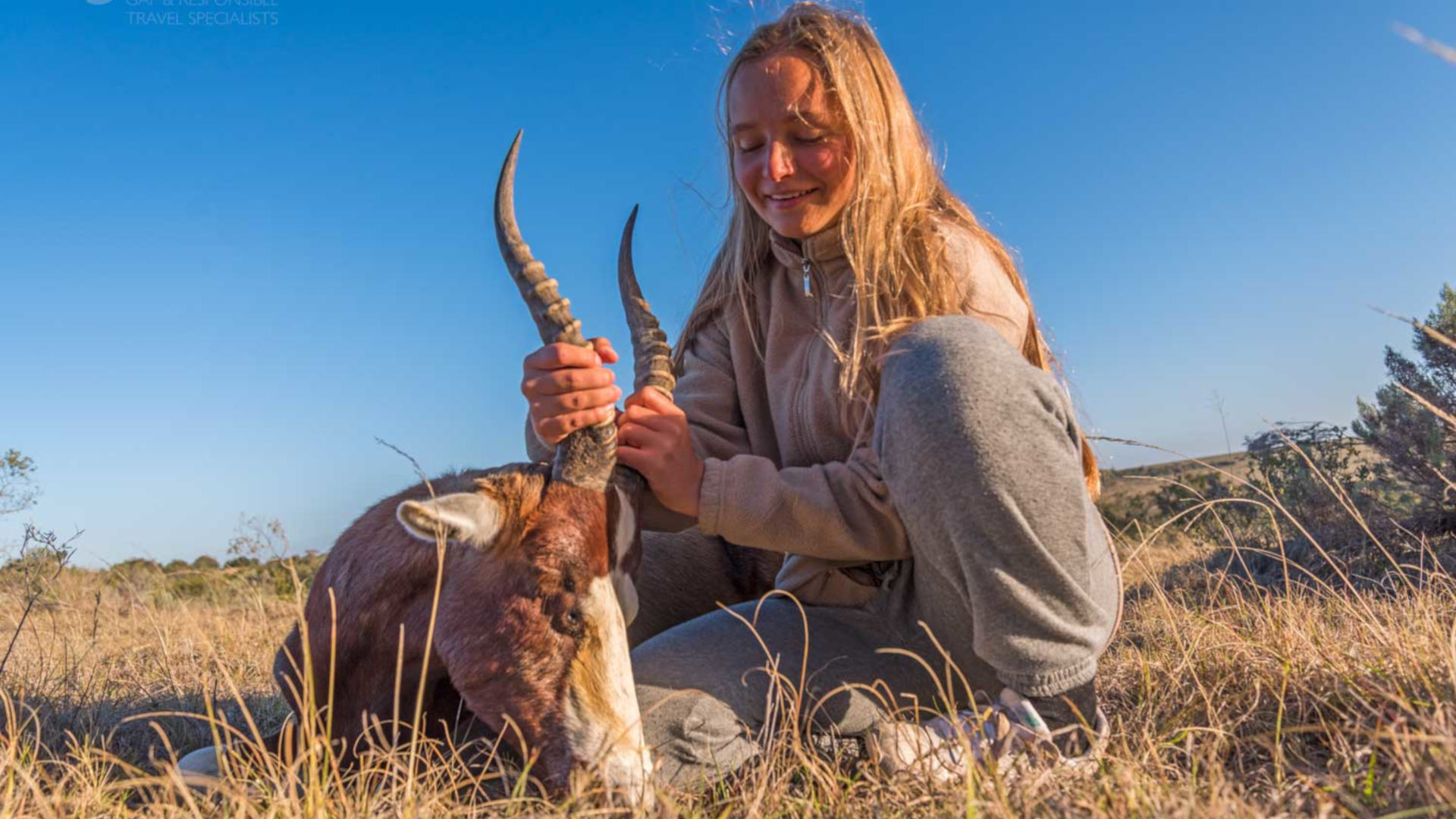How To Become A Wildlife Vet How to become a Wildlife Veterinarian Becoming a wildlife veterinarian involves a genuine passion for wildlife conservation a specific educational pathway including undergraduate and veterinary school education and a commitment to lifelong learning Here is an overview High School Diploma or Equivalent Earn a high school diploma or equivalent
If you ve ever dreamt of becoming a veterinary surgeon and working with wild animals rather than domestic animals and pets then here s some advice from the RSPCA Becoming a wildlife veterinarian requires a combination of specialized education and hands on training Here are the key components of the education and training path to becoming a wildlife veterinarian Undergraduate Degree The first step towards becoming a wildlife veterinarian is obtaining a Bachelor s degree in a relevant field
How To Become A Wildlife Vet

How To Become A Wildlife Vet
https://www.oysterworldwide.com/panel/wp-content/uploads/2016/01/Prj_South_Africa_vet_exp_antelope.jpg

Uncw Vet Tech Program INFOLEARNERS
https://www.greatbay.edu/wp-content/uploads/2020/03/Vet-tech-3-47478-scaled.jpg

Inspiring Job How To Become A Veterinary Doctor In India Indspire Me
https://indspireme.in/wp-content/uploads/2017/06/photo-by-whatsuplife1.jpg
Becoming a wildlife veterinarian requires a significant amount of education training and experience It is a specialized field that involves working with wild animals in their natural habitats or wildlife rehabilitation centres and it can be challenging due to the unique and often unpredictable nature of wildlife veterinary care To become a Wildlife Veterinarian one must first complete a Doctor of Veterinary Medicine DVM degree which typically takes four years to complete After completing a DVM one can then specialize in wildlife medicine through a residency program or a fellowship Additionally certification through the American College of Zoological Medicine
Want a career in wildlife rescue Explore key roles and career tips in wildlife rescue and rehabilitation from veterinarians to wildlife photographers The duration of your journey to becoming a wildlife veterinarian depends on several factors including the length of your D V M program the time it takes to obtain your license and the years of experience you gather before securing a significant role On average completing your D V M program and obtaining a license can take approximately 8
More picture related to How To Become A Wildlife Vet

Become A Wildlife Rehabilitator West Shore Wildlife Center
http://static1.squarespace.com/static/5e5288876e028a2ed296d216/t/61647fe729d248188e039283/1633976303733/IMG_3163.JPG?format=1500w

What Does It Take To Be A Wildlife Vet YouTube
https://i.ytimg.com/vi/P6BaV_Bh-VA/maxresdefault.jpg

https://c.pxhere.com/photos/58/98/wildlife_deer_antler_animal_stag-152527.jpg!d
Their work protects wildlife by ensuring a stable population and humane harvesting Related How To Become a Fish and Game Warden With Steps and Skills 8 Wildlife biologist National average salary 62 022 per year Primary duties Wildlife biologists work with plants and animals in their native environments They study habitats species and Wildlife veterinarians are specialized veterinary professionals dedicated to the health and medical care of wild animals These experts play an important role in the management of wildlife populations and ecosystems and due to the interdisciplinary nature of the field they often work collaboratively with experts in various related fields to address complex current and emerging conservation
[desc-10] [desc-11]

Zoo Safari Di Fasano Un esperienza Unica E Avventurosa
https://static.wixstatic.com/media/26bbddceb87045eeaf0a2cd9bae920ea.jpg/v1/fit/w_1000%2Ch_1000%2Cal_c%2Cq_80/file.jpg

Pin On Vet
https://i.pinimg.com/originals/c1/2c/f3/c12cf3d79938664cbd080de7ef084d58.jpg
How To Become A Wildlife Vet - Becoming a wildlife veterinarian requires a significant amount of education training and experience It is a specialized field that involves working with wild animals in their natural habitats or wildlife rehabilitation centres and it can be challenging due to the unique and often unpredictable nature of wildlife veterinary care